|
This is really a story about tool quality.
A long time back I had an urgent need for a metric tap that I didn’t have in my collection of tools. The local big box hardware store was open on the weekend and had a cheap no-name brand 40 piece metric tap and die set available for around $40. It also includes a 1/8” BSP tap and die. The set met the immediate thread cutting requirements.
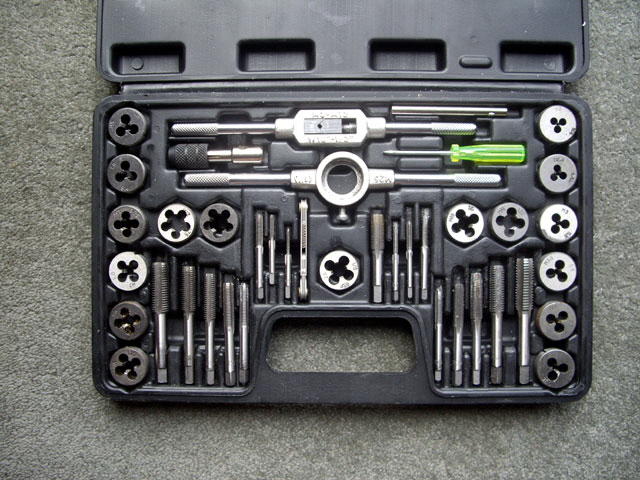
Figure 1. $40 No Name Brand Tap and Die Set
The tap, dies and stocks (the tools used to hold the taps and dies) are very low quality and the thread gauge at best gives an indication of pitch but is entirely inadequate for inspecting thread form. However the taps aren’t too bad provided that you’re working in nothing harder than aluminium. They will cut a thread in relatively thin sheet mild steel with a bit of effort. The tools are made of steel and appear to have been case hardened.
‘Aren’t too bad’ means that if you tap a hole using a drill press or similar to start the tap perpendicular to the job, use some form of cutting fluid, and back off regularly, then you are likely to end up with a threaded hole that will retain an appropriately sized metric bolt without undue slop.
Note that all of the taps and dies in this set are course threads and the taps are intermediate. This means that they will not cut a full length thread into a blind hole and they need a good 30 degree chamfer for starting.
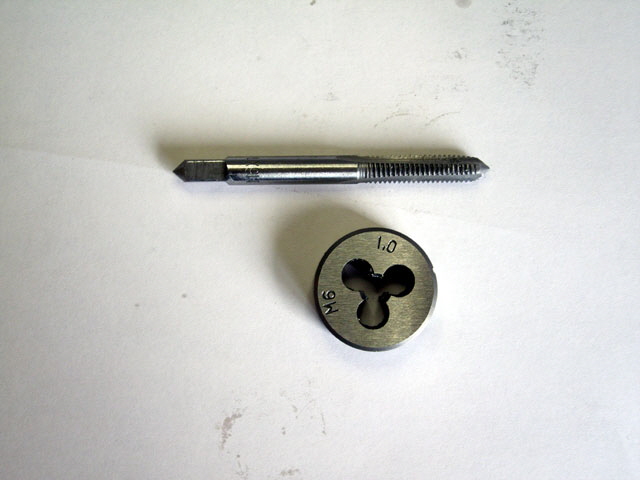
Figure 2. M6-1.0 Tap and Die from Cheap Tap and Die Set
In more recent times I had to cut some M5 and M6 external threads on silver steel rod. I tried using the M5 and M6 dies from the set. The major diameter of an ISO metric thread is the M size. M5 means the outside diameter is nominally 5 mm. I know these dies aren’t great so I thought I’d try using some scrap aluminium stock for starters to test the thread form.
The dies simply would not start cutting a thread in soft aluminium. Two tricks that can be applied help start a thread are to reduce the stock diameter by up to 10% and put a 30 degree two-pitch-length chamfer on the starting edge of the stock. Even with these tricks applied the dies still wouldn’t start cutting.
The only possible reason is that the dies are too small. The question is by how much?
I grabbed some M6-1.0 mild steel threaded rod with an OD of 5.83 mm; cut a leading edge chamfer and, with some force, managed to get the die started. Wow, cutting the same thread over an existing thread, with lubricant, and constant backing off took some effort. So much effort that the clamped end of the test piece was munted in my bench vice.
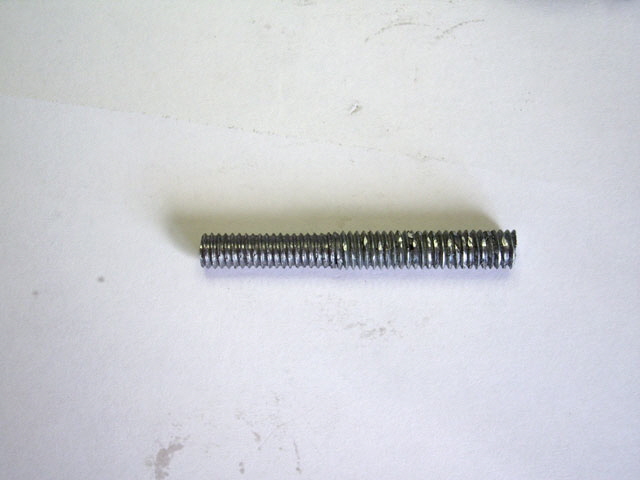
Figure 3. Over Cut M6-1.0 Test Piece
(Left hand end is the die thread form. Right hand end damaged in vice.)
At the end of the process there was a formed thread with a 1 mm pitch but the major diameter was just
5.2 mm. Come again! This was supposed to be an unused M6-1.0 die. The thread form (profile) was checked with a real thread gauge and it isn’t too bad although the finish is pretty rough. It would probably be better if I’d started with 5.2 mm diameter stock.
This die is totally inadequate for cutting an M6-1.0 internal thread. The thread will engage with an M6-1.0 nut but the nut will wobble all over the shop until it bottoms out at which time even the slightest torque will strip the thread because there is virtually no thread engagement.
If we look at a metric thread profile (stolen from Interweb but with credit to Wikipeadia) we can what the sectioned engaged thread is supposed to look like. The basic thread form is defined by the major diameter and the pitch. You’ll need to read the ISO Standard for tolerances and the like.
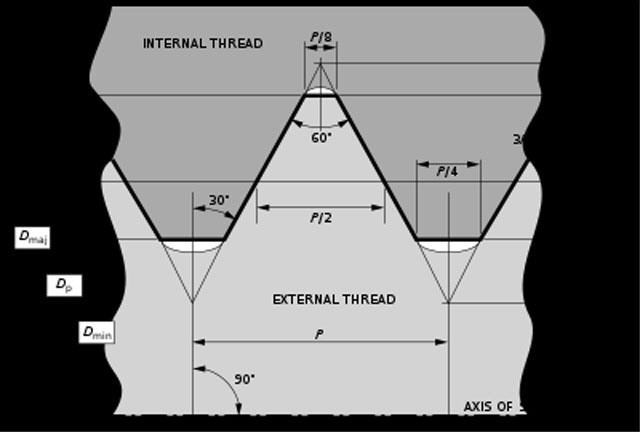
Figure 4. Metric Thread Section Profile
We can compare this to a drawing of what this particular die produces (assuming the nut stays on centre). If the nut and bolt are not concentric then one half of the bolt is simply not engaged with the bolt at all! So these cheap tools aren’t really cheap at all - they are not fit for purpose and are a waste of money. They’re not even heavy enough for novelty paper weights.
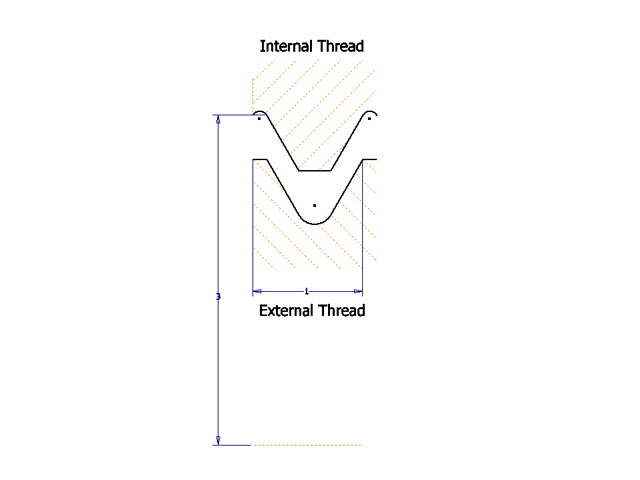
Figure 5. Section of Nut and Bolt - Bolt Cut with Cheap No Name Die
Thankfully I have a lathe, and with just a bit of effort I can cut threads with excellent form, but for a one-off this is quite time consuming.
External thread cutting on a lathe starts with preparing the stock to the major diameter with a clean faced end and chamfer. As this is not a full length thread, part a grove about pitch-width to the depth of the minor diameter at the desired thread length. Now slow the machine down (back gear) as slow as it will go. The minimum speed on my machine is 160 RPM which is still doable, but I need to be really quick on disengaging the lead screw lock nuts. My lathe does not have an auto-disengage or drive clutch triggered by the carriage so I need to do this manually.
Note that turning the machine off, even at just 160 RPM, won’t work because of the momentum in the chuck without some form of brake. As an aside I have ordered a Variable Frequency Drive with a resistive brake for the spindle motor. I should be able to run the chuck very slowly without loosing torque, and with minimum over-run. A I intend to fit an optical electronic carriage stop but these will be a separate story.
Set up the lead screw gears and gear box for the desired pitch, and check that this is right but turning the chuck over by hand a few times with the half nuts engaged and measuring the cartridge travel from the graduated hand wheel collar.
Offset the compound slide to 59 degrees (not quite 60) to ensure that the tool is cutting off the leading edge without rubbing on the back. Make sure that the tool is sharp with the correct profile and secure in the tool post, aligned perpendicular to the stock using a threading gauge. Zero the tool to the stock and set the compound slide graduated collar to some useful datum (zero is good). Lock the cross slide. Back the tool off the stock using the carriage hand-wheel, and return the compound slide to the datum.
Apply cutting fluid to the stock (most folk use a brush for this). Engage the half nuts and start the spindle with your hand on the half nut lever to disengage when the tool first reaches the parted groove. Turn off the spindle. The pass should result in a fine line over the surface of the stock if it is on centre. Check that fine line this has the right pitch (otherwise the lead screw gearing isn’t right). Back out the compound slide and use the carriage hand wheel to clear the tool from the stock. Feed in about 0.2 mm from the datum (last pass) and repeat this process until the desired depth of thread (typically slightly less than 7/8ths of the pitch) has been achieved.
This technique is tried and true. Small feeds ensure that the thread form is good with a clean finish. The threads are always concentric. The lathe is always positively engaged during cutting so backlash should never be a problem. The tool is only cutting on one face and the desired feed is always slightly less than 7/8ths of the pitch. Small feeds mean that you can test the thread with an appropriate nut when the flats at the tip of thread approach 1/8 of the pitch. Stop cutting and test the threads when the flats at the tip of thread become small. If the threads have sharp peaks then the thread has been over-cut and the job isn’t perfect, but it may still be usable. For relatively fine pitches of 1 mm or less use a magnifying glass and piece of paper or card to inspect the thread profile after each cut. Thread form issues or rough cutting mean that the tool isn’t sharp, the tool profile or rakes are wrong; the tool is off centre, not perpendicular to the stock or inadequately supported.
Relatively long threads on thin stock are likely to be challenging due to stock deflection, requiring turning with a tailstock centre and/or a traveling steady.
So I set about cutting the desired M6 external threads using my lathe. Cutting 20 course metric threads (half male and half female) at M5-0.8 and M6-1.0 in both aluminium and silver steel took the best part of a day.
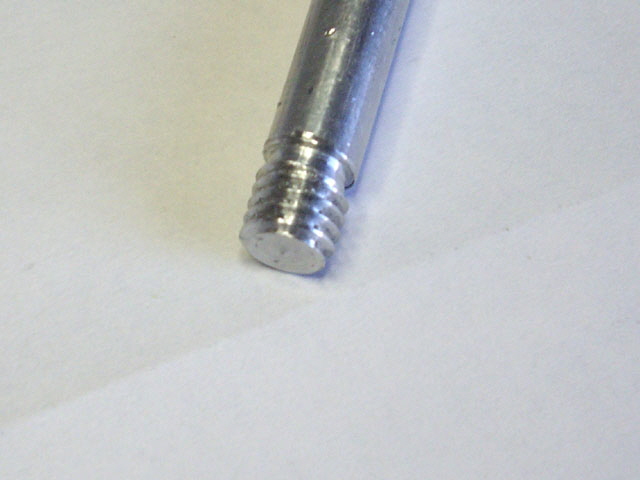
Figure 6. Lathe Cut M6-1.0 External Thread in Aluminium - Nice
While the lathe cut test pieces were up to the task I don’t want to be doing this every time I need an external M5-0.8 or M6-1.0 thread. So I paid my money and purchased some Sutton HSS taps and dies from a reputable tool supplier. The taps come in sets of three (starting, intermediate and finishing). The dies are split allowing adjustment of the thread major diameter. This is particularly useful when cutting hard stock. Each individual tool cost about half the price of the cheap and nasty tap and die set (say $20 each).
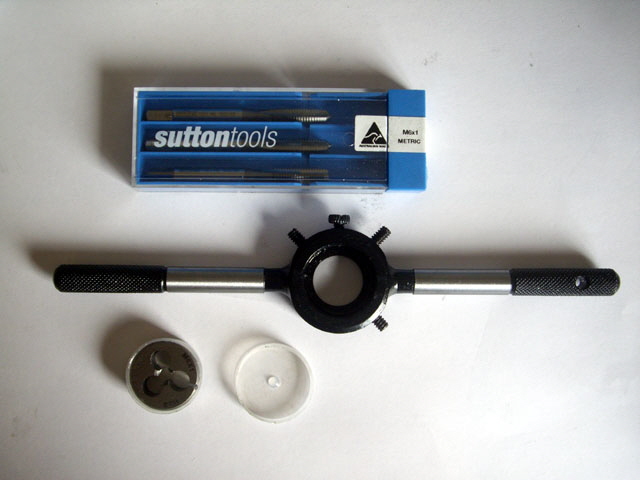
Figure 7. Suttom M6-1.0 Taps, Dieand Die Stock
The new taps and dies cut perfectly with excellent thread form and minimal effort by hand. The dies start to cut without effort on major diameter stock. A starting tap improves the concentricity of the thread without requiring a leading taper. These real tools also reduced the extent of burring of the stock - they actually cut as opposed to form. I was able to cut four threads (two male and two female) in aluminium and silver steel, including all preparation machining, and final testing and measuring in well less than an hour.
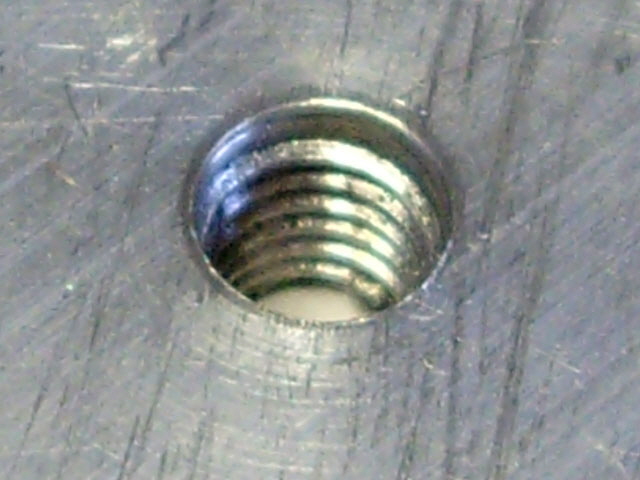
Figure 8. Effortless Taping with Good Thread Form using Real Tool
The corollary of this story is that with tools, sometimes you get what you pay for.
|